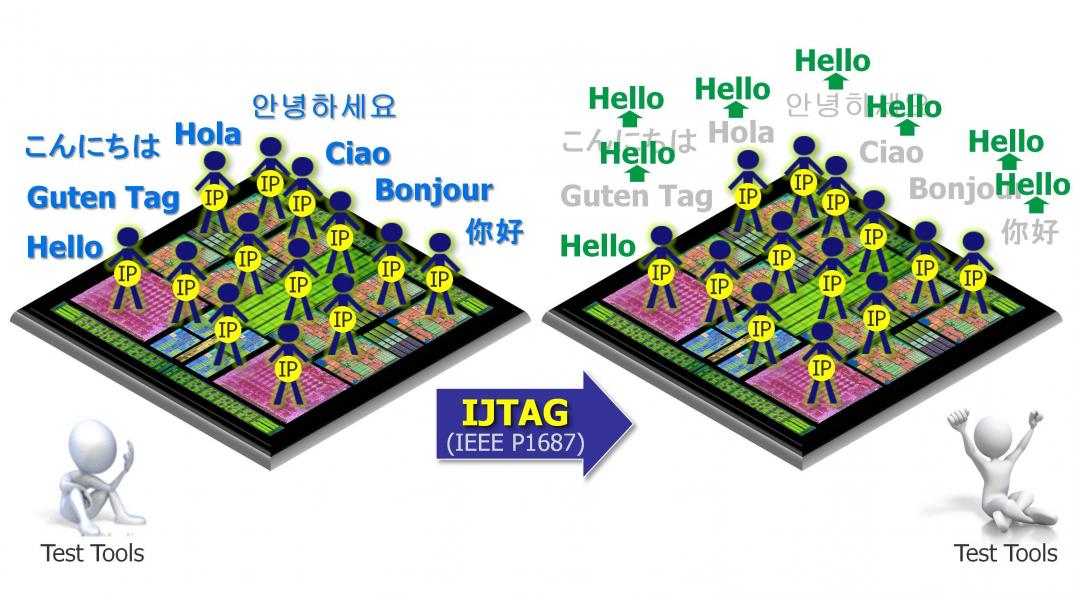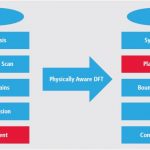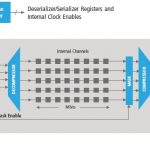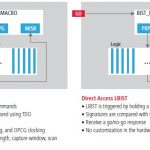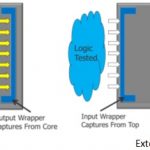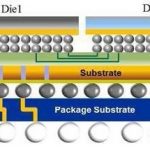In the first part of this article, I talked about some of the key business aspects along with some technical aspects like system performance, functionality, and IP integration that drive the architecture of an SoC for its best optimization and realization in an economic sense. In this part, let’s dive into some more aspects that… Read More
Tag: dft
Mentor and ASSET Intertech Do a DFT World Tour
The Mentor Graphics test folks and ASSET Intertech have teamed up to provide a series of free DFT seminars in the US, Europe, and Asia. The first one is in Austin, TX on February 19, 2015, and the last is in Tokyo on April 24. Hereis the full list of locations and dates.
The morning session covers IJTAG. The new IEEE 1687 Internal JTAG (IJTAG)… Read More
Physically Aware DFT Improves PPA
Introducing on-chip test circuitry has become a necessary criteria for an ASIC’s post manufacture testability. The test circuitry is usually referred as DFT (Design-for-Test) circuit. A typical methodology for introducing DFT circuit in a design is to replace usual flip-flops with special types of flip-flops called ‘scan… Read More
Improve Test Robustness & Coverage Early in Design
In a semiconductor design, keeping the design testable with high test coverage has always been a requirement. However with shrinking technology nodes and large, dense SoC designs and complex logic structures, while it has become mandatory to reach close to 100% test coverage, it’s extremely difficult to cope with the explosion… Read More
A Complete Scalable Solution for IP Signoff
In an SoC world driven by IP, where an SoC can have hundreds of IP (sourced not only from 3[SUP]rd[/SUP] party but also from internal business units which can have a lot of legacy) integrated together, it has become essential to have a comprehensive and standard method to verify and signoff the IP. Additionally, these checks must … Read More
What’s next in test compression?
If you’ll be at ITC TestWeek in Seattle (Oct 20-23), here’s one event you don’t want to miss: a technology reception hosted by Mentor, with Janusz Rajski and Nilanjan Mukherjee as the featured speakers. It is free to ITC attendees and you can register here. [If for some crazy reason you haven’t registered for ITC yet, do that… Read More
SmartScan Addresses Test Challenges of SoCs
With advancement of semiconductor technologies, ever increasing sizes of SoCs bank on higher densities of design rather than giving any leeway towards increasing chip area and package sizes; a phenomenon often overlooked. The result is – larger designs with lesser number of pins bonded out of ever shrinking package sizes;… Read More
Ceaseless Field Test for Safety Critical Devices
While focus of the semiconductor industry has shifted to DACin this week and unfortunately I couldn’t attend due to some of my management exams, in my spare time I was browsing through some of the webpages of Cadenceto check their new offerings (although they have a great list of items to showcase at DAC) and to my pleasure I came across… Read More
Taming The Challenges of SoC Testability
With the advent of large SoCs in semiconductor design space, verification of SoCs has become extremely challenging; no single approach works. And when the size of an SoC can grow to billions of gates, the traditional methods of testability of chips may no longer remain viable considering the needs of large ATPG, memory footprint,… Read More
Smart Strategies for Efficient Testing of 3D-ICs
3D-IC has a stack of dies connected and packaged together, and therefore needs new testing strategies other than testing a single die. It’s given that a single defective die can render the whole of 3D-IC unusable, so each die in the stack must be completely and perfectly tested before its entry into that stack. Looking at it from a … Read More


